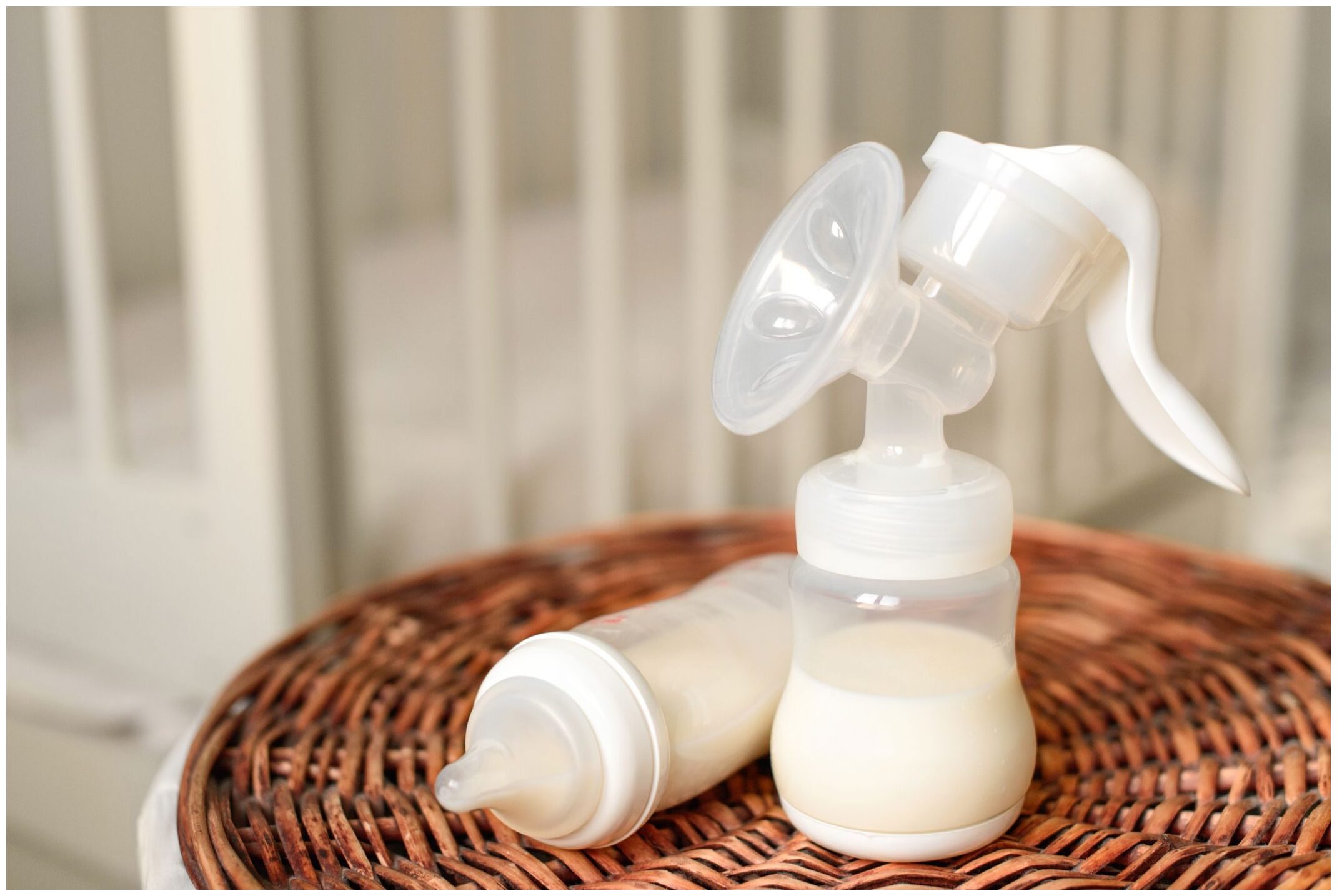Breastfeeding is a beautiful and natural way to nourish your baby, but sometimes, a mom needs to pump and store breastmilk for future use. Whether you’re returning to work or need to be away from your baby for any reason, lactation support, including the use of breast pumps and lactation cookies, can help ensure a successful breastfeeding journey. Here’s how to effectively pump, store, and manage your breastmilk.
Pumping Breastmilk: Choosing the Right Pump
Pumping breastmilk has been practiced for centuries, but with advances in technology, there are now many options available. Whether you choose an electric pump, a manual pump, or even hand expression, it’s important to find the right pump for your needs. A high-quality pump, paired with the correct flange sizes, is essential for effective milk extraction.
Maintaining hygiene during the pumping process is crucial to avoid contamination. Always wash your hands thoroughly before handling your breast pump and ensure that the pump, bottles, and other accessories are cleaned and sterilized after every use.

For moms looking to boost their milk supply, Lactation cookies can be a helpful supplement. These cookies are often made with galactagogues, such as oats and fenugreek, which may support milk production. Always consult with a lactation consultant or healthcare provider to determine what’s best for you.
Storing Breastmilk: Best Practices for Freshness

Once you’ve pumped your breastmilk, you have several options for storing it. Freshly expressed milk can be kept at room temperature for up to 4 hours without refrigeration. If you’re storing it in the fridge, breastmilk will remain safe for 4 days. For long-term storage, freezing breastmilk is the best option.
- In a regular fridge freezer, breastmilk can be stored for up to 6 months.
- In a deep freezer, it can stay fresh for up to 12 months.
When storing, always label your milk with the date, time, and quantity to ensure you’re using the oldest milk first. Use Breastmilk Storage Bags made for this purpose. Most breastmilk storage bags are single use only so be keen to look out for the usability of the bags you are buying.
Defrosting and Thawing: Handle with Care
To defrost breastmilk, you can place it in warm water, a cold water bath, or leave it in the fridge overnight. It’s a good idea to freeze milk in small batches so you only thaw what your baby needs. Once breastmilk has been thawed and warmed, it should be used within 2 hours. If it’s not warmed, it can be consumed within 24 hours.
Be sure to avoid reheating milk more than once. If the milk is not consumed within the recommended time frame, discard any leftover milk to ensure your baby’s safety.
Hygiene and Sterilization: Keep It Clean
Handling breastmilk requires the highest hygiene standards. Since breastmilk isn’t cooked, it’s important to keep everything clean to prevent bacterial growth. Wash your hands with soap and water before handling any milk, bottles, or pumping equipment. After use, sterilize your bottles, flanges, and pump parts to maintain cleanliness and protect your baby.
If you don’t have a sterilizer, boiling water works effectively to sanitize. Be sure to separate your baby’s equipment from other household items to avoid contamination. To prevent mold buildup, avoid stacking wet bottles or utensils.
Tailoring Breastmilk Storage to Your Circumstances
Every mom’s breastfeeding journey is unique. Some moms may face challenges with power supply or need to use a manual pump. In these cases, storing milk immediately for daily use might be the best option to avoid freezing and potential waste if the milk thaws and isn’t used promptly.
Consider investing in a cooler box with ice packs if you’re concerned about maintaining milk temperature during travel. These options can help you adapt to your specific needs and ensure that your baby gets the nutrition they need.
Breastfeeding, pumping, and storing breastmilk is a dynamic process that requires planning, consistency, and attention to hygiene. With the right lactation support, the proper tools, and a bit of preparation, you can successfully navigate your breastfeeding journey, ensuring that your baby has access to the best nutrition, no matter where you are.





Very good https://is.gd/tpjNyL
Very good https://shorturl.at/2breu